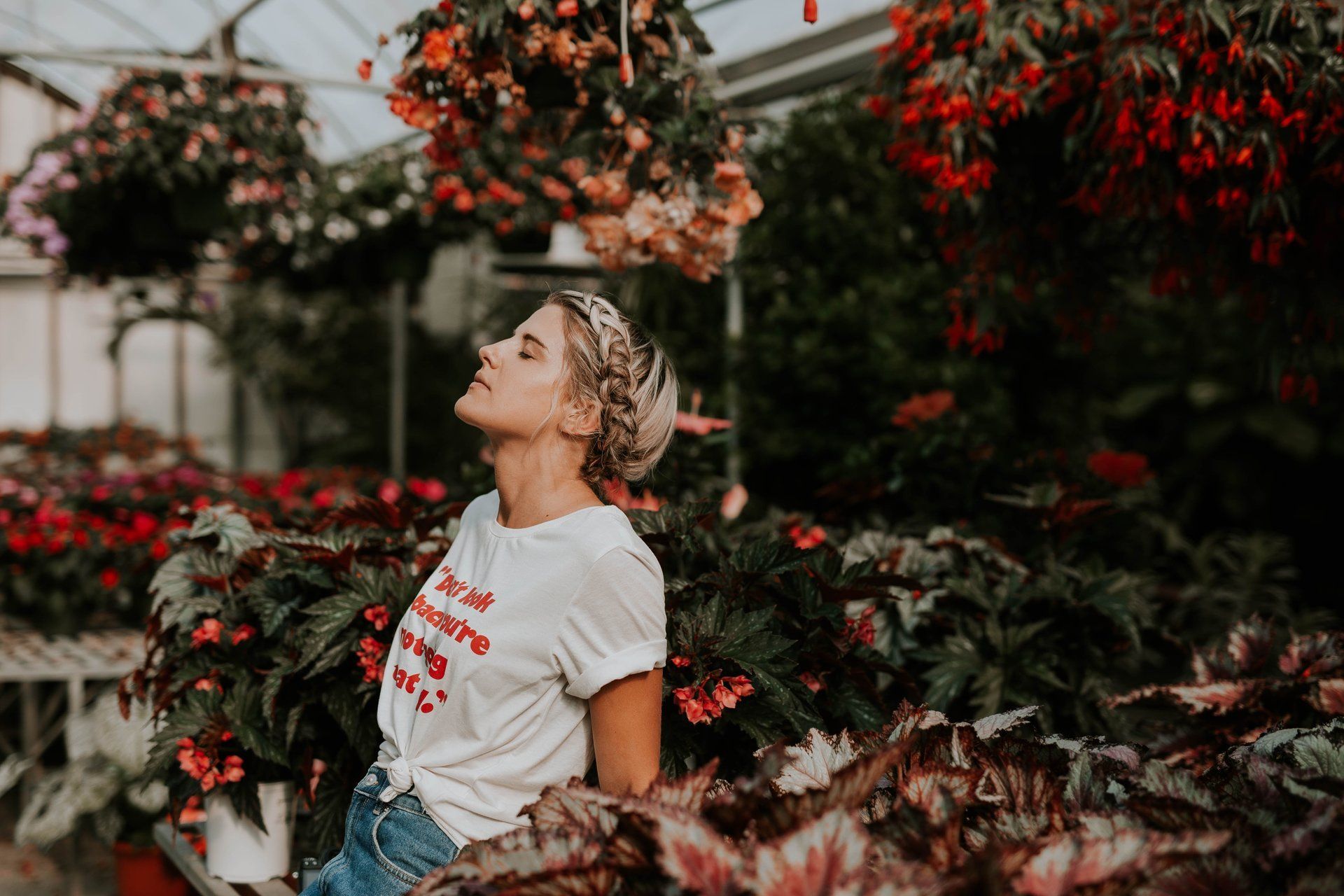Alana's Series: Intro to Anxiety and How to Cope Part III
Tips on Mindfulness
In this series to date, you have been introduced to what exactly anxiety is, the symptoms, some tips for 'getting back to the basics 'and finally, to Cognitive Behavioral Therapy (CBT), an empirically-supported therapeutic approach in the treatment of anxiety disorders. Now it's time to talk about mindfulness. Mindfulness, in my opinion, is the most essential skills you can integrate in both the management of anxiety symptoms and the ways in which you approach and perceive your world as you know it. That's a big statement, right? Absolutely. Here's the thing, in our Western world, we're praised and even promoted for doing more, being more and giving all we have. We learn from a very early age that multitasking and staying five steps ahead will get us far. So we do this, give all we've got, until we're exhausted...and anxious. This is where mindfulness comes in.
Mindfulness, at its essence, is simply being present. This means paying attention to what is happening right now. Without judgment. Without overthinking. Without invalidating your experience. Mindfulness is just being willing to show up to the present moment. It is acceptance of right now.
You're thinking this sounds simple and you're right. It is, however, extremely difficult. It's unlearning things that have been deeply ingrained for years, maybe decades. Most of us are unable to tune out distractions, demands and our own expectations and just be present in the moment. These things make it easy to avoid what's actually happening in our reality. We busy ourselves, in some ways, to cope and distract ourselves from the present moment. This very thing leads to worsened symptoms of anxiety. This is what makes mindfulness so hard. No one is perfect at being mindful. Luckily, there is no need to be perfect at it. We can experience the real benefit of mindfulness when we notice we are not being mindful, and choose to turn our minds back to the now.
Being mindful will help you to slow your mind and create moments of calm in the day. The more you practice and incorporate mindfulness, the more focused, effective and at peace you'll become.
Below are some mindfulness exercises to get you started.
1. Mindful Breathing
This exercise can be done standing up or sitting down, and pretty much anywhere at any time. All you have to do is be still and focus on your breath for just one minute.
- Start by breathing in and out slowly. One breath cycle should last for approximately 6 seconds.
- Breathe in through your nose and out through your mouth, letting your breath flow effortlessly in and out of your body.
- Let go of your thoughts. Let go of things you have to do later today or lingering thoughts from the past. Simply let thoughts rise and fall of their own accord and be at one with your breath.
- Purposefully watch your breath, focusing your sense of awareness on its pathway as it enters your body and fills you with life.
- Then watch with your awareness as it works work its way up and out of your mouth and its energy dissipates into the world.
2. Mindful Immersion
The intention of this exercise is to cultivate contentment in the moment and escape the persistent need to finish and get things done. Rather than anxiously wanting to finish an everyday routine task in order to begin something else, take that regular routine and fully experience it like never before.
For example: if you are cleaning your house, pay attention to every detail of the activity. Rather than treat this as a regular chore, create an entirely new experience by noticing every aspect of your actions: Feel and become the motion when sweeping the floor, sense the muscles you use when scrubbing the dishes, develop a more efficient way of wiping the windows clean.
The idea is to get creative and discover new experiences within a familiar routine task. Instead of labouring through and constantly thinking about finishing the task, become aware of every step and fully immerse yourself in the progress. Take the activity beyond a routine by aligning yourself with it physically, mentally and spiritually.
3. Mindful Body Scan
Sit or lay down in a comfortable position and take a few moments to find a calm, steady breath. Now, bring your awareness to sensations in the body, where you will spend several slow breaths on each focal point beginning with the left toes and checking in with left foot, left ankle, calf, knee, thigh - all the way through the left hip. When you notice an area of tension or discomfort, breathe into it, relaxing on the out-breath. Repeat through the right side. Follow with the pelvic region, abdomen and lower back, moving up through the torso and heart region. From there, follow and breathe through the sensations in the fingers, hands, wrists, up the arms, through the shoulders, neck, jaw, temples, ears, eyes, forehead, crown of the head and skull.
About the Author
Playing as an elite athlete, Alana suffered an injury that would derail her dreams. Her healing process propelled her to help others. Alana has years of experience helping clients with their mind-body health. Alana is a registered psychotherapist with Lindsay Tsang & Associates. Read more about her HERE.
